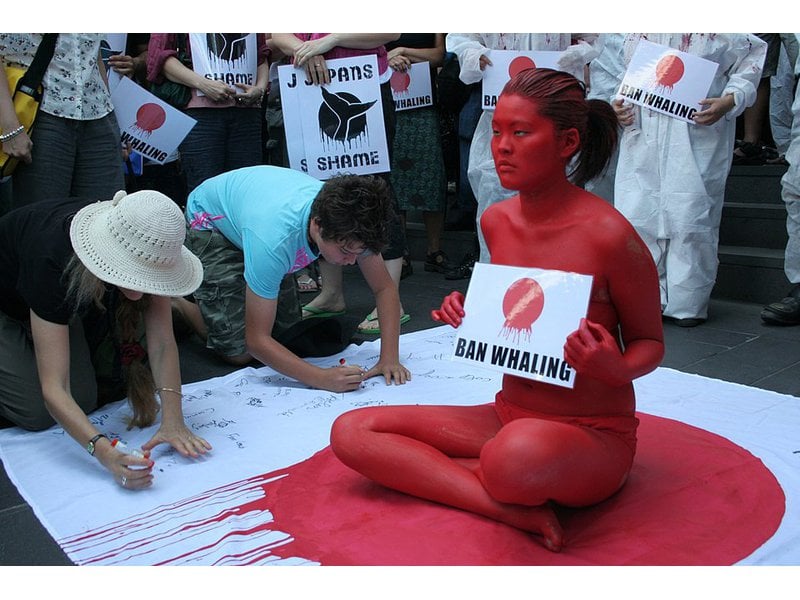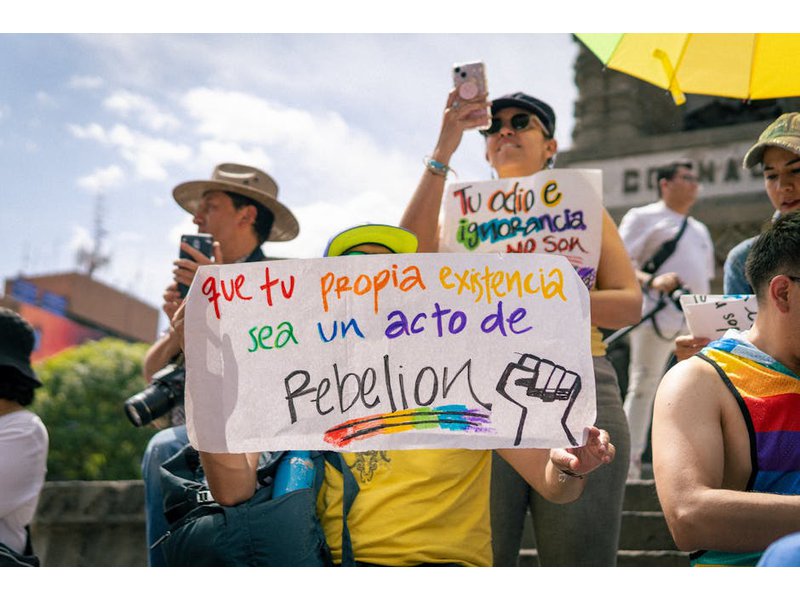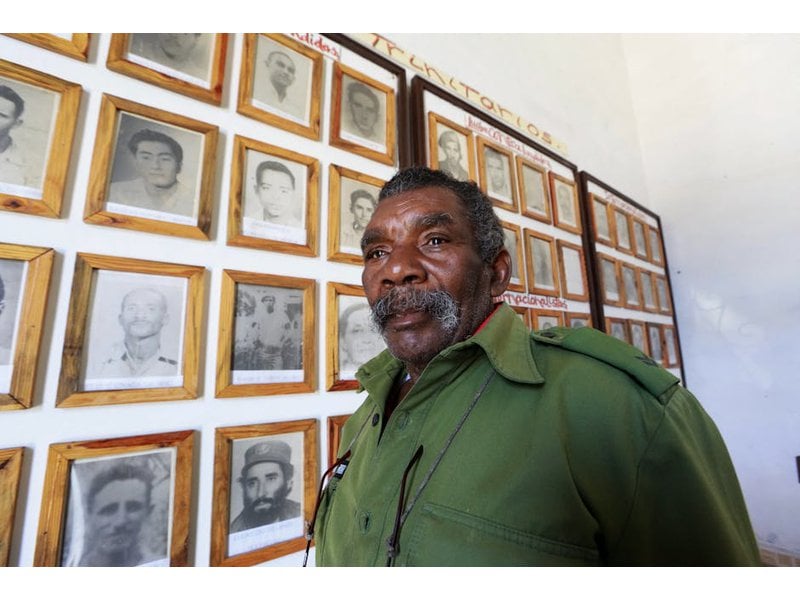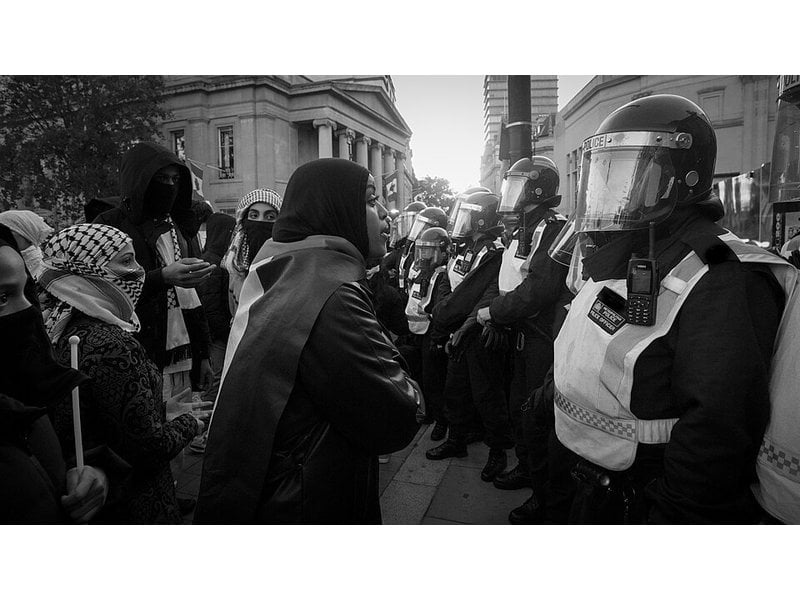044 mock funerals

"Political protest has also been expressed in the form of a “funeral” for some principle which the demonstrators cherish and which they accuse the opponent of violating. Or it may take the form of a mock funeral procession in which the participants seek to symbolize the seriousness of their protest both by restrained and serious demeanor and by including some of the paraphernalia of a real funeral procession, such as the use of black and the carrying of caskets."...
High scoring campaigns using this method
Historical cases from the Nonviolent Action Database that used this method
Egyptian workers strike and occupy textile factory for better pay, representation, and conditions, 2007
Misr Spinning and Weaving Company is the largest public sector Egyptian textile company, employing 27,000 workers in the mid-2000s. The company is located in the Nile Delta town Mahalla al-Kubra and had a history of workers protests, the most signifi...
Latvians campaign for national independence, 1989-1991
The Baltic republics of Latvia, Estonia and Lithuania achieved their independence from the Soviet Union by conducting movements based on nonviolence. Tactics included: nonviolent protests, noncooperation, and defiance to combat Soviet military interv...
Peace activists pledge resistance against U.S. military intervention in Central America, 1984-1990
In the early 1980s, it was no secret that United States president Ronald Reagan would use any means necessary to end or prevent the influence of Communism and the Soviet Union around the globe. The two countries had been engaged in a bitter ideologic...
Brazilians drive out corrupt President - 1992
In 1990, Fernando Collor de Mello became the first elected President after 29 years of military rule. He narrowly won his election as a center-right candidate and campaigned on fighting corruption, fighting inflation, and defending the poor. He tried...
Bulgarians force further democratic reforms, 1997
In 1989, Bulgaria was part of the "wave" of nonviolent revolts against domination by the Soviet Union and its Communist-led governments in Eastern Europe (see Bulgarians campaign for democratic reforms and multi-party rule, 1989-90).\n\nNormal.dotm 0...
Times Beach residents win fight for relocation from contaminated dioxin sites
Between 1970 and 1976, Russell Bliss used a toxic mixture of motor oil and dioxin to spray the unpaved roads in Times Beach, MO. The community hired Bliss, a career waste disposer, to reduce its dust problem. Unbeknownst to residents of the small tow...
Egyptian textile workers strike for bonuses and to protest corruption, 2006
On March 3, 2006, Egyptian Prime Minister Ahmad Nazif announced that all public-sector manufacturing workers would be given an increase in their annual bonuses. The workers of Mahalla al-Kubra’s Misr Spinning and Weaving Company, the country’s larges...
Vancouver’s Downtown East Side Drug User Community Fights for Supervised Injection Site 1990 - 2003
In the city of Vancouver, British Columbia, many activists and organizers in the neighborhood of East Side (DTES) initiated a campaign in 1990 to change policies regarding intraveneous drug use. Intravenous drug use was rampant – the spread of HIV/AI...
Mass occupation of proposed Wyhl nuclear power plant site in Germany, 1974-1977
Due in part to the OPEC energy crisis in the 1970s, Germany began a transition to greater nuclear energy production. Demand for electricity was projected to grow by seven percent annually and the state’s solution was the construction of eight nuclear...
American colonials struggle against the British Empire, 1765 - 1775
The 13 English colonies in North America were established and grew during the 17th and 18th centuries. During most of this time, the colonists lived under what historians have termed “salutary neglect,” meaning that the English government mostly left...
Low scoring campaigns using this method
Historical cases from the Nonviolent Action Database that used this method
Ohio citizens campaign to stop incinerator in East Liverpool 1991-1993
The Waste Technologies Industry, Inc. first proposed to build an incinerator in the floodplain of the Ohio River in East Liverpool, Ohio in 1977. Throughout the 1980s, the company battled with the local government officials and other regulatory agenc...





